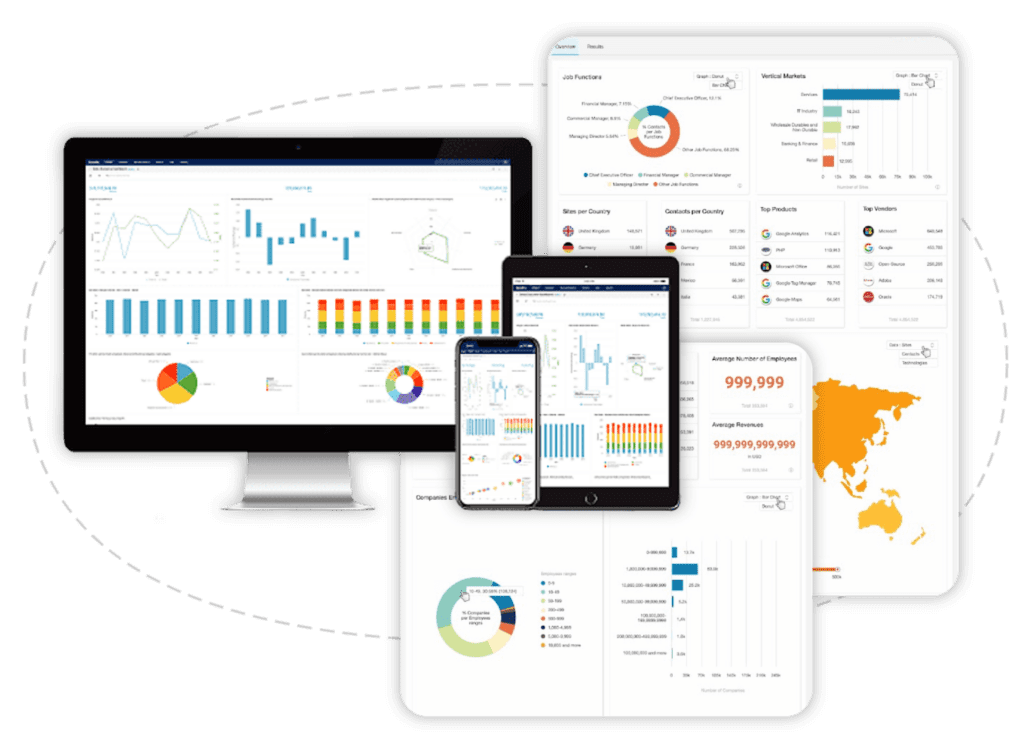
Small businesses benefit from the convenience that VoIP phone systems provide today. They improve operational communications as well as customer service. But in choosing a small business phone system,here are ten common mistakes to avoid.
#1 Choosing Solely for the Price
When selecting the ideal phone system for your business,it’s crucial not to fixate solely on the monthly fee. Too often,business owners opt for the cheapest phone service,driven to simplify the decision-making process and keep costs low.
However,this approach often results in a critical oversight. It prioritizes cost over quality and reliability. It’s essential to understand that affordable phone systems aren’t necessarily synonymous with the best fit for your business.
Instead,focus on seeking cost-effective solutions that offer genuine value for money,ensuring that the chosen system meets your business’s needs without compromising essential features and reliability.
#2 Choosing a Home Provider Instead
One common misstep among small businesses is assuming that a home phone provider will adequately meet their network setup and bandwidth necessities. Using home phone systems for business can be tempting. But it often leads to critical deficiencies.
These systems frequently lack features crucial for business operations. Opting for a professional business solution instead of consumer-grade providers can provide significant advantages. A dedicated business phone system accommodates your immediate needs and scales with your business. It offers vital features such as supporting twenty business lines,distinguishing itself from residential or home phone services in its capabilities and scalability.
#3 Underestimating the Amount of Data and Bandwidth the Business Uses
Selecting a business phone system necessitates thoroughly evaluating your business’s bandwidth requirements and data rate.
By assessing bandwidth usage and comprehending the impact on your network,you will have a clearer understanding of what you need in a business phone system. Furthermore,considering data consumption allows for tailored solutions that align with your business’s needs,guaranteeing reliable and uninterrupted communications essential for sustained operations and growth.
#4 Disregarding Security
Overlooking security when selecting a business phone system can pose substantial risks. Business communications often involve sensitive information that demands protection against potential data breaches and unauthorized access. A robust phone system should prioritize security measures such as encryption to safeguard your data and ensure secure communication channels.
By employing encrypted protocols,these systems guarantee the confidentiality of conversations. It fortifies data privacy and provides a secure environment for sensitive information. By elevating the risks of unauthorized access,business owners can ensure the integrity of their communications.
#5 Lack of Evaluating Reviews and Feedback from Past and Current Clients
Hidden expenses often extend beyond separately sold equipment. It also encompasses the costly inconveniences stemming from a faulty system. Assessing factors like guaranteed uptime and the presence of multiple data centers capable of supporting systems during server outages is essential.
Additionally,scrutinizing customer reviews and feedback from present and past clients provides invaluable insights into user experiences,satisfaction levels,and the system’s overall reliability,enabling informed decisions and averting potential operational hiccups.
#6 Not Taking Business Growth into Consideration
Failing to account for business growth when selecting a phone system can lead to disruptions and unnecessary expenses. The critical factor here is scalability.
Opting for a system that cannot evolve alongside your company’s expansion poses significant risks. Scalability ensures seamless growth without operational interruptions or the burden of additional costs. A flexible VoIP system stands out as it adjusts dynamically to business development,expanding or contracting in line with evolving needs. Its adaptability eliminates the necessity for prolonged contracts tied to services that might become redundant,offering a growth-friendly solution that aligns precisely with your business’s evolution.
#7 Not Fully Assessing Business Needs
Thoroughly assessing your business’s communication needs is a fundamental step in selecting an ideal phone system. Every business has unique communication requisites based on size,industry,and workflow. Addressing your company’s requirements is pivotal in identifying the most suitable phone system.
Rushing into a decision without a comprehensive understanding of these needs constitutes a common mistake. Investing in a system packed with extensive features might prove redundant for a small business if those functionalities aren’t necessary. Therefore,aligning services precisely to your business’s needs ensures you’re spending only what is essential,emphasizing the importance of tailoring the phone system to cater to your business’s demands.
#8 Overlooking Level of Integration with Business Platforms
A VOIP phone system must seamlessly integrate with your essential business tools,including Customer Relationship Management (CRM),IT Service Management (ITSM),email management software,and other critical platforms.
A provider’s inability to synchronize with these tools could disrupt workflow continuity and cause downtime. Therefore,knowing its integration capabilities to guarantee compatibility with your existing platforms is essential for maintaining a continuous workflow while improving communications.
#9 Overlooking Customer Experience
Adapting your business practices to align with the chosen phone system is pivotal for delivering an exceptional customer experience.
Understanding the type of phone system that best suits your needs entails considering the impact on customer interactions. Implementing features like automated attendants and welcoming messages enhances the caller experience,contributing to positive customer satisfaction.
Additionally,offering appropriate customer support and comprehensive training becomes imperative for addressing issues promptly. By focusing on customer-centric services and ensuring seamless communication channels,businesses can elevate user experiences,fostering a customer-centric approach for improved satisfaction and efficient operations.
#10 Not Evaluating the Contract in Case of Alternative Exits
Thoroughly review the service contract when selecting a phone system provider. By taking note of contractual terms,including exit clauses and termination policies,you can negotiate the contract and avoid unexpected costs or difficulties when transitioning between providers in the future.
Now that you know the common mistakes to avoid,you can learn how to transition to a VoIP phone system with our help below.

